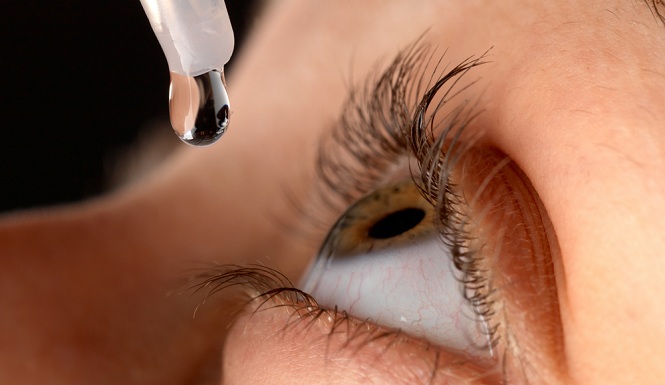Artificial tears vs. Prescription eye drops

Some people are hesitant to begin using a prescription eye drop to help manage their Dry Eye Syndrome (DES), hoping that over-the-counter options may be sufficient. Is there a significant difference in the way artificial tears and prescription eye drops work?
Artificial Tears
Non-prescription tear drops like Refresh and Systane brands can often give temporary symptomatic relief for feelings of discomfort and irritation. We often will employ these drops as part of our treatment plan for DES. However, they don’t treat the underlying cause of the dryness like some prescription medications and treatments can. We want to fix the cause of your dryness, not just the symptoms.
Redness Reducing drops
A great example of this would be eye drops that promise to relieve redness of the eyes. The active ingredient (tetrahydrozoline/naphazoline) in drops like Visine and Clear Eyes can temporarily improve the appearance of the eyes, but when used long term without addressing the underlying cause, then these drops can end up causing more harm than good.
Prescription medicines
Here is a brief summary of some prescription drops that help us treat the underlying cause of many cases of DES:
Restasis
Restasis works by increasing tear production and reducing ocular inflammation. In cases where the eyes aren’t making enough tears, this treatment can help maintain normal tear production.
Xiidra
Xiidra helps treat both the signs and symptoms of DES. When the surface of the eye is irritated dramatically, this treatment can heal and protect the eyes.
Oral Antibiotics
Doxycycline is a common antibiotic that some people take to help improve the functioning of the oil glands in their eyelids.